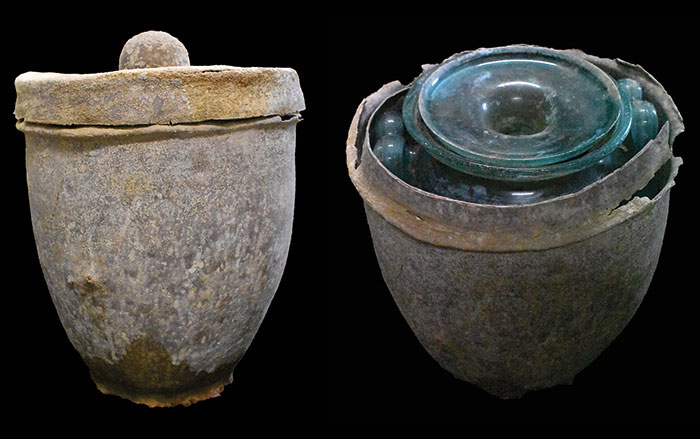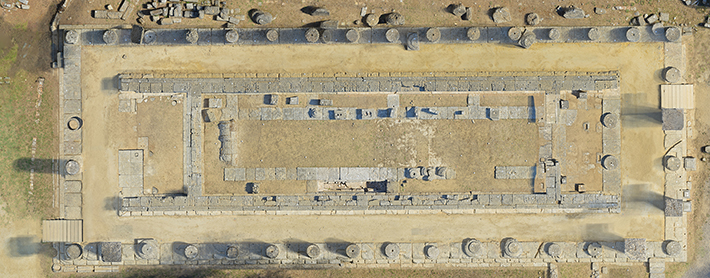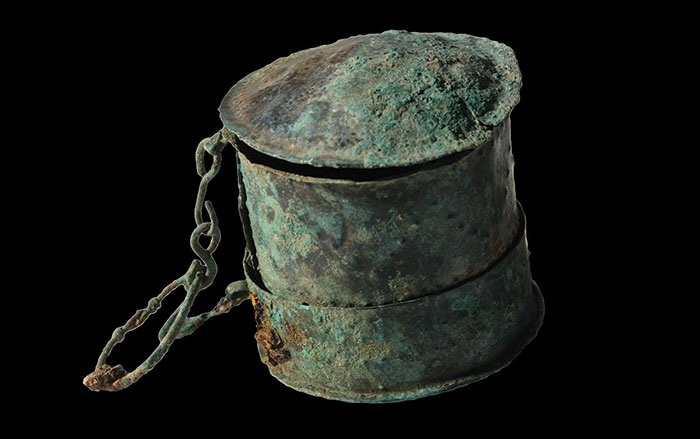
CANTABRIA, SPAIN—Cosmos reports that human hunters may have contributed to the extinction of Panthera spelaea, the Eurasian cave lion, some 14,000 years ago. Marian Cueto of the Universidad de Cantabria and her team examined nine lion claws, or phalanxes, recovered in La Garma, a cave in northern Spain associated with human rituals during the Upper Paleolithic period. They found cut marks and signs of scraping on the bones similar to the ones made by modern hunters when they skin an animal in a way that keeps the claws attached to the pelt. The researchers add that the locations of the bones on the cave floor suggest that the pelt may have been used as a floor covering. For more on the relationship between ancient people and cats, go to “Baby Bobcat,” which was one of ARCHAEOLOGY's Top 10 Discoveries of 2015.










